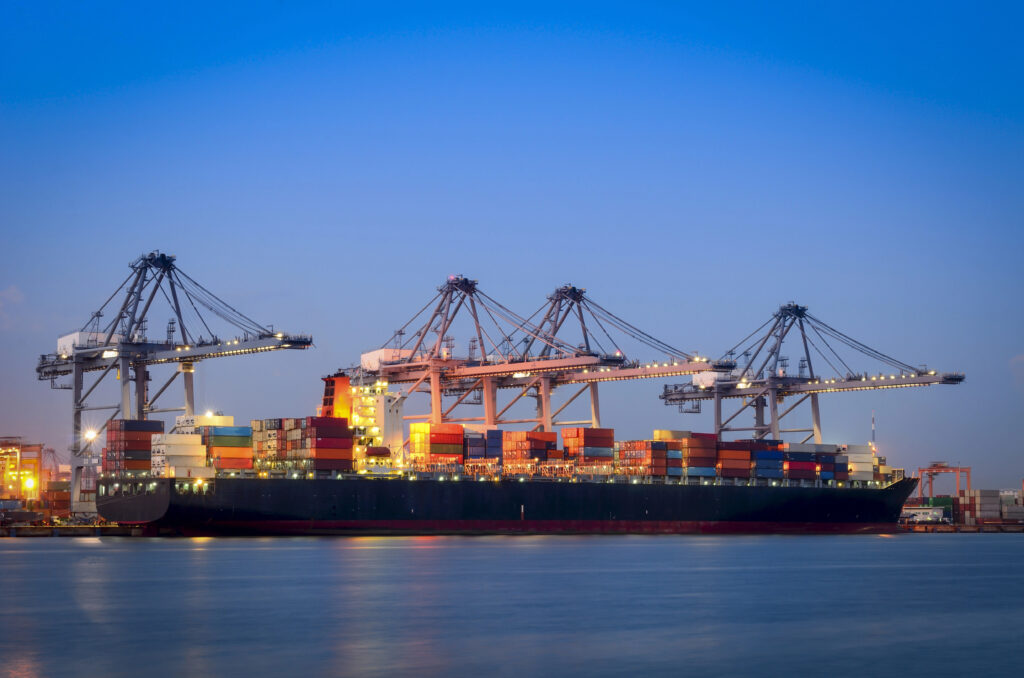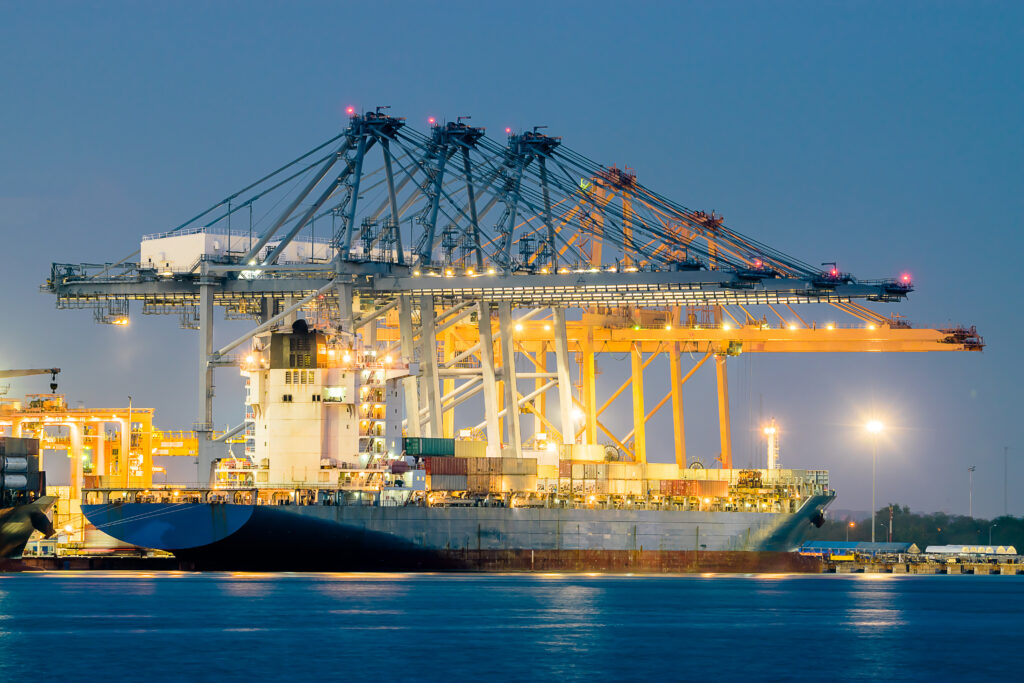Trade between China and Indonesia has expanded rapidly over the years. Biaya shipping China ke Indonesia is now one of the most critical considerations for importers, especially those dealing with electronics, textiles, furniture, and industrial machinery. Calculating the exact cost is not simple because many factors affect the final price. Importers may also face unexpected delays and surcharges without careful planning. This guide provides a detailed overview of shipping costs, delivery times, documentation, transport methods, and proven strategies to save money effectively.
What Are the Main Shipping Options from China to Indonesia?
Importers generally choose between sea freight, air freight, or multimodal solutions.
| Factor | Sea Freight (FCL/LCL) | Air Freight | Multimodal (Rail + Sea) |
|---|---|---|---|
| Cost per kg/unit | Low (best for bulk cargo) | High (3–6x more expensive) | Medium |
| Transit Time | 10–20 days | 3–7 days | 12–18 days |
| Cargo Type | Heavy, bulky, non-urgent | Urgent, high-value, perishable | Mixed cargo |
| Environmental Impact | Lower emissions per unit | Higher carbon footprint | Balanced impact |
| Scalability | Ideal for containers | Limited by aircraft space | Flexible depending on route |
Accordingly, most importers rely on sea freight because of its lower cost, while air freight is usually reserved for urgent or high-value goods.
How Much Is Biaya Shipping China ke Indonesia?
Containerized Sea Freight Rates
Rates depend on the type and size of container:
| Container Size | Average Rate (USD) | Capacity |
|---|---|---|
| 20GP | $1,000 – $1,300 | 28–30 CBM / 22 tons |
| 40GP | $1,800 – $2,200 | 58–60 CBM / 26 tons |
| 40HQ | $2,000 – $2,400 | 68 CBM / 26 tons |
LCL and Air Freight
- LCL (Less than Container Load): $80–$120 per CBM.
- Air Freight: $4–$8 per kg depending on airports.
For example, a shipment under 5 CBM may be cheaper by air, while cargo above 12 CBM is almost always more economical by FCL.

Which Sea Routes Connect China to Indonesia?
Key routes link China’s major ports to Indonesia’s primary gateways:
| POL (China) | POD (Indonesia) | Transit Time | Shipping Lines |
|---|---|---|---|
| Shanghai | Jakarta (Priok) | 12–16 days | COSCO, CMA, ONE |
| Shenzhen | Surabaya | 10–14 days | Evergreen, Hapag-Lloyd |
| Ningbo | Medan (Belawan) | 15–20 days | MSC, OOCL |
| Qingdao | Makassar | 16–21 days | Yang Ming, PIL |
Some importers also choose Batam as a regional entry point to avoid congestion at Jakarta.

How Long Does Shipping Take from China to Indonesia?
| Shipping Method | Estimated Transit Time |
|---|---|
| Sea Freight (FCL) | 10–20 days |
| Sea Freight (LCL) | 14–22 days (with consolidation) |
| Air Freight | 3–7 days |
| Multimodal (Rail+Sea) | 12–18 days |
Although air freight is faster, sea freight remains the most cost-effective solution for bulk cargo. In addition, booking early reduces delays during peak seasons.
What Customs Documents Are Required?
Smooth customs clearance requires the following paperwork:
| Document | Purpose |
|---|---|
| Bill of Lading (B/L) | Proof of shipment and ownership |
| Commercial Invoice | Declares product value |
| Packing List | Describes contents of the shipment |
| Certificate of Origin | Confirms manufacturing country |
| Import License (if any) | Required for restricted products |
| Customs Entry Form | Mandatory for Indonesian clearance |
Without a doubt, missing documents may cause long delays and demurrage. Therefore, working with a forwarder or broker is strongly advised.
What Factors Influence Biaya Shipping China ke Indonesia?
Several factors affect final charges:
- Weight & Volume – Heavier goods cost more.
- Container Type – Special containers like reefer or flat rack increase costs.
- Seasonality – Rates rise before Lunar New Year and festive seasons.
- Fuel Prices – Oil price fluctuations affect surcharges.
- Port Congestion – Busy terminals increase demurrage risk.
- Incoterms – Terms like FOB, CIF, or DDP determine responsibilities.
Moreover, global shipping alliances and logistics trends also impact long-term pricing.
Pros and Cons of Each Shipping Method
| Mode | Pros | Cons |
|---|---|---|
| Sea Freight | Cheapest, scalable, best for bulk cargo | Slower, port congestion possible |
| Air Freight | Fastest, reliable, good for urgent goods | Expensive, limited capacity |
| Multimodal | Balanced cost and time, flexible routing | More paperwork and customs handling |
To summarize, sea freight dominates for most shipments, while air freight serves urgent needs.

How Can Importers Reduce Shipping Costs?
Practical strategies include:
- Book early: lower rates before peak season.
- Consolidate shipments: reduce cost per unit.
- Choose FOB terms: greater flexibility with forwarders.
- Optimize packaging: maximize CBM use.
- Select efficient ports: Jakarta and Surabaya are faster than smaller ones.
For example, one importer consolidated goods in Shenzhen and saved 15% compared to sending separate shipments. In addition, reliable carriers helped avoid hidden charges.
Real Case Studies
Case 1: Electronics Shipment Shenzhen → Jakarta
- Cargo: 40HQ, LED TVs (680 units)
- Cost: $1,950
- Transit Time: 13 days
- Result: Saved 20% by using one 40HQ instead of two 20GP
Case 2: Textiles Shipment Ningbo → Surabaya
- Cargo: 20GP, fabric rolls (20 tons)
- Cost: $1,200
- Transit Time: 15 days
- Result: On-time delivery before peak season reduced storage costs
Conclusion
Biaya shipping China ke Indonesia is determined by container size, shipping method, and customs requirements. Importers who book early, consolidate shipments, and use experienced forwarders enjoy smoother and cheaper logistics. To summarize, sea freight is the most cost-effective choice, while air freight is ideal for urgent goods. Ultimately, companies that understand the process can minimize risks and maintain efficient supply chains between China and Indonesia.
Request a Quote
Need a tailored solution for your shipping from China?
Let TJ China Freight Forwarder assist you with reliable, cost-effective service.
FAQs
Q1.What is the cheapest way to handle biaya shipping China ke Indonesia?
Sea freight with FCL is the most economical per unit. Although it takes longer, consolidating shipments in one container is much cheaper than LCL or air freight.
Q2.Can small shipments be arranged without booking a full container?
Yes. LCL allows importers to share space with others. However, transit usually takes longer because of consolidation, and cost per CBM is higher.
Q3.Which Indonesian ports are most commonly used for imports from China?
Jakarta (Tanjung Priok), Surabaya, and Medan (Belawan) are busiest. On the other hand, some importers use Batam to avoid congestion.
Q4.How are customs duties calculated in Indonesia?
Duties depend on HS Code, product value, and official regulations. For example, importers must pay duty, VAT, and sometimes luxury taxes depending on the goods.
Q5.Is door-to-door shipping available from China to Indonesia?
Yes, many forwarders provide DDP services. It may be costlier, but it covers pickup, shipping, customs clearance, and delivery to your warehouse.

